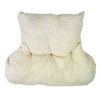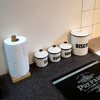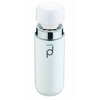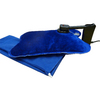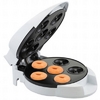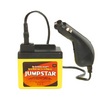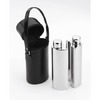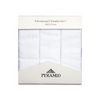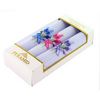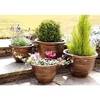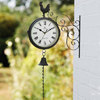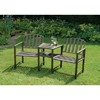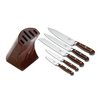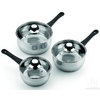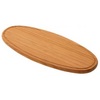The Cookware Expert
Pots & Pans
You use them every day, but if you invest in a good quality saucepan, it will last you for years. There are lots of different types and styles to choose from, but making sure you’ve the right pan in the first place will make all the difference. Apart from selecting a pan that is right for the type of food you will be cooking, you also need to make sure it’s suitable for the type of hob or cooker you will be using as this will usually determine the type of material it should be made from.
There are lots of different methods of heating food on the market, each with their own appeal and benefits.
Gas hob: This has an adjustable flame and can be used with any type of saucepan.
Electric ring: Directly heats an element. Can be used with most types of cookware.
Hotplate: Heats a solid flat plate - solid, flat-bottomed pans are best.
Ceramic hob: Element glows underneath surface. Most pans can be used but extra care should be taken with heavy cookware to avoid dragging across the surface.
Halogen: Transmits heat and light upwards. Thick-based pans work best but shiny bases should be avoided as they reflect the light and may turn the lamps off.
Induction: Uses magnetic coils to heat the cookware while the surface remains cool. Only pans that contain magnetisable metal such as iron or steel can be used. Aluminium and copper pans do not work with this kind of hob.
The material the pan is made from will also affect how it cooks.
Uncoated aluminium: These are lightweight, inexpensive and quick to heat up.
Coated aluminium: These are often enamel on the outside making them durable and easy to clean.
Hard anodised aluminium: This process produces a glossy, non-scratch surface that is particularly hardwearing.
Cast iron: Heavy, solid pans that distribute heat evenly. They are slow to heat up but require less heat to stay hot. Ideal for slow, steady cooking.
Stainless steel: Usually made from a combination of metals, including chrome and nickel to prevent rusting and marking. Often with copper or aluminium bases as stainless steel is not a good heat conductor.
Enamelled stainless steel: As above but with a tough enamel coating for extra durability.
Copper: Heat up quickly but tend to be more expensive and need more care when cleaning.
Care & Cleaning
A few basic rules will help to keep your pans in good condition and ensure years of service.
| ALWAYS | NEVER |
|---|---|
| Use pans that are the same size or larger than the heating area | Put empty pans on a hot burner or ring |
| Leave pans to cool beforeputting into cold water - can cause base to warp | Put a hot pan straight washing in warm soapy water |
| Leave pans to soak before trying to remove stubborn residue | Use metal utensils of or scouring pads, steel wool or abrasives on non-stick surfaces |
| Use a low to medium heat except when bringing water to the boil | |
| Store pans carefully and dry thoroughly before putting away | |
| Check to see if pans are dishwasher safe before putting in one |
Sizes
Pans are usually measured in diameter across the rim and sometimes in volume, which vary with shape or design.
| Diameter | Volume | ||
|---|---|---|---|
| Cm | In | Litres | Pints |
| 14 | 51/2 | 1 | 13/4 |
| 16 | 61/4 | 1.5 | 21/2 |
| 18 | 70 | 2 | 31/2 |
| 20 | 73/4 | 2.8 | 50 |
| 22 | 81/2 | 3.3 | 53/4 |
| 24 | 91/2 | 4.3 | 71/2 |
A basic range would usually consist of one milk pan without lid, three different sized saucepans with lids and one frying pan with or without lid.


